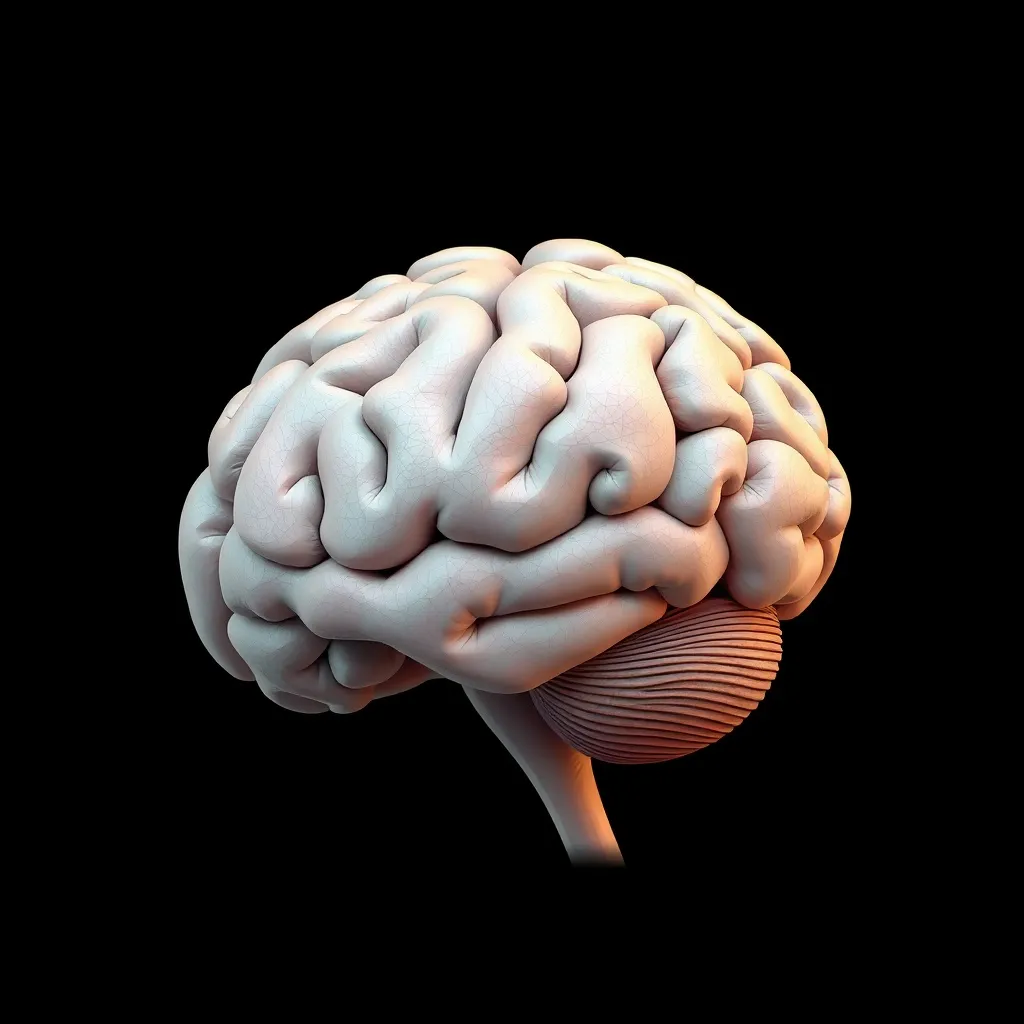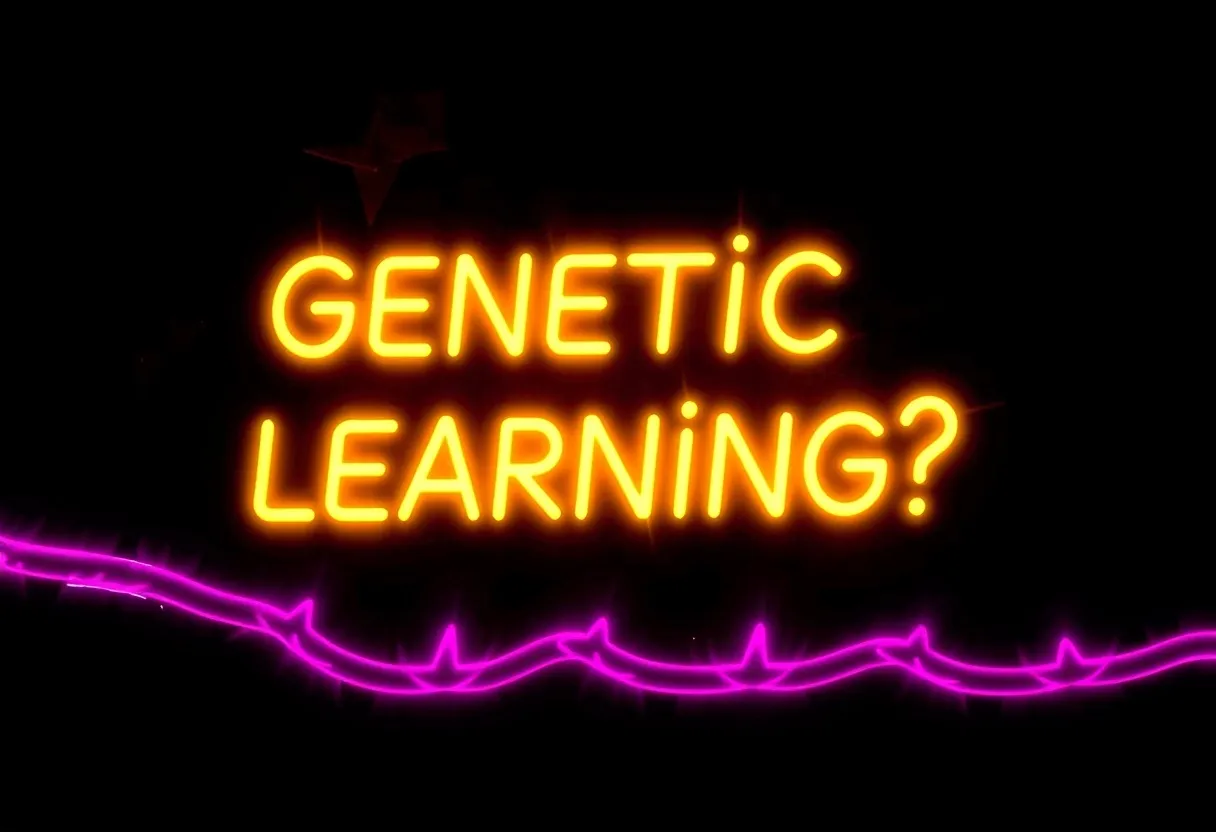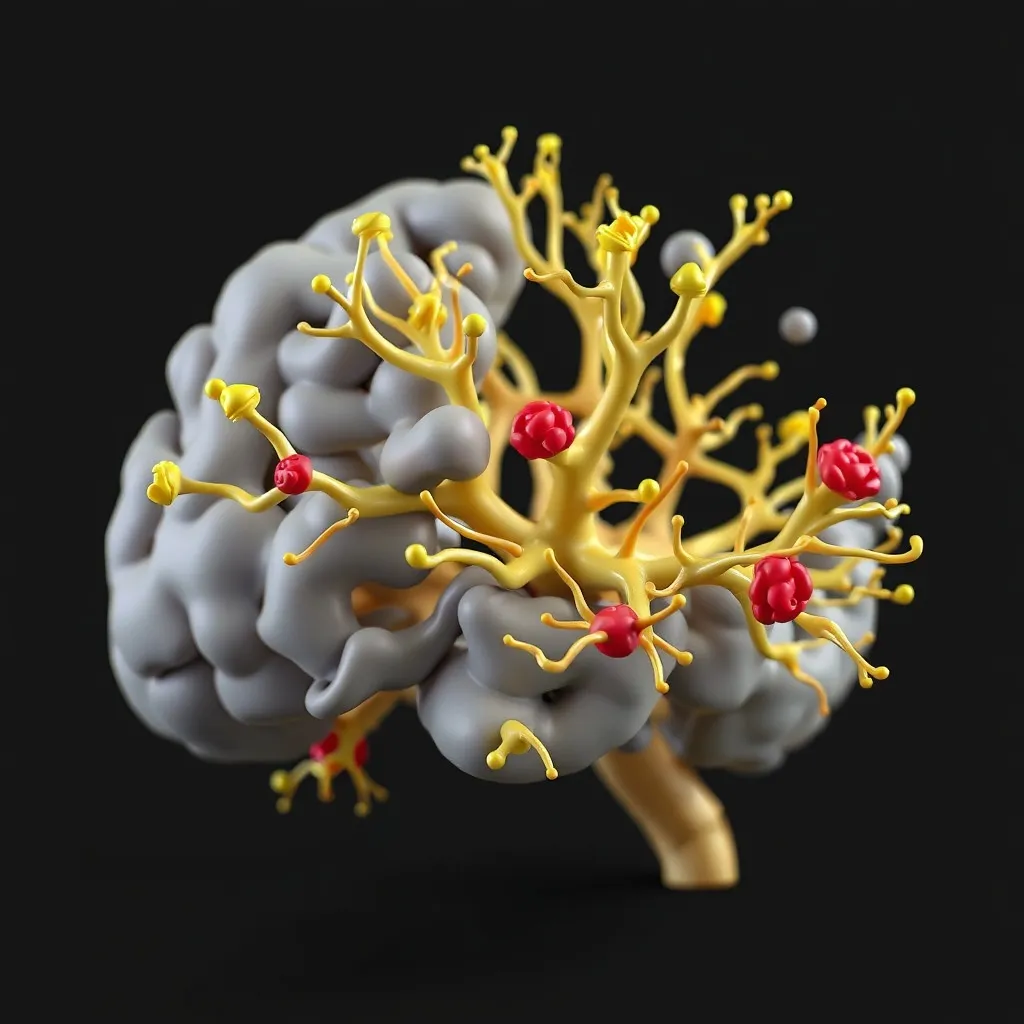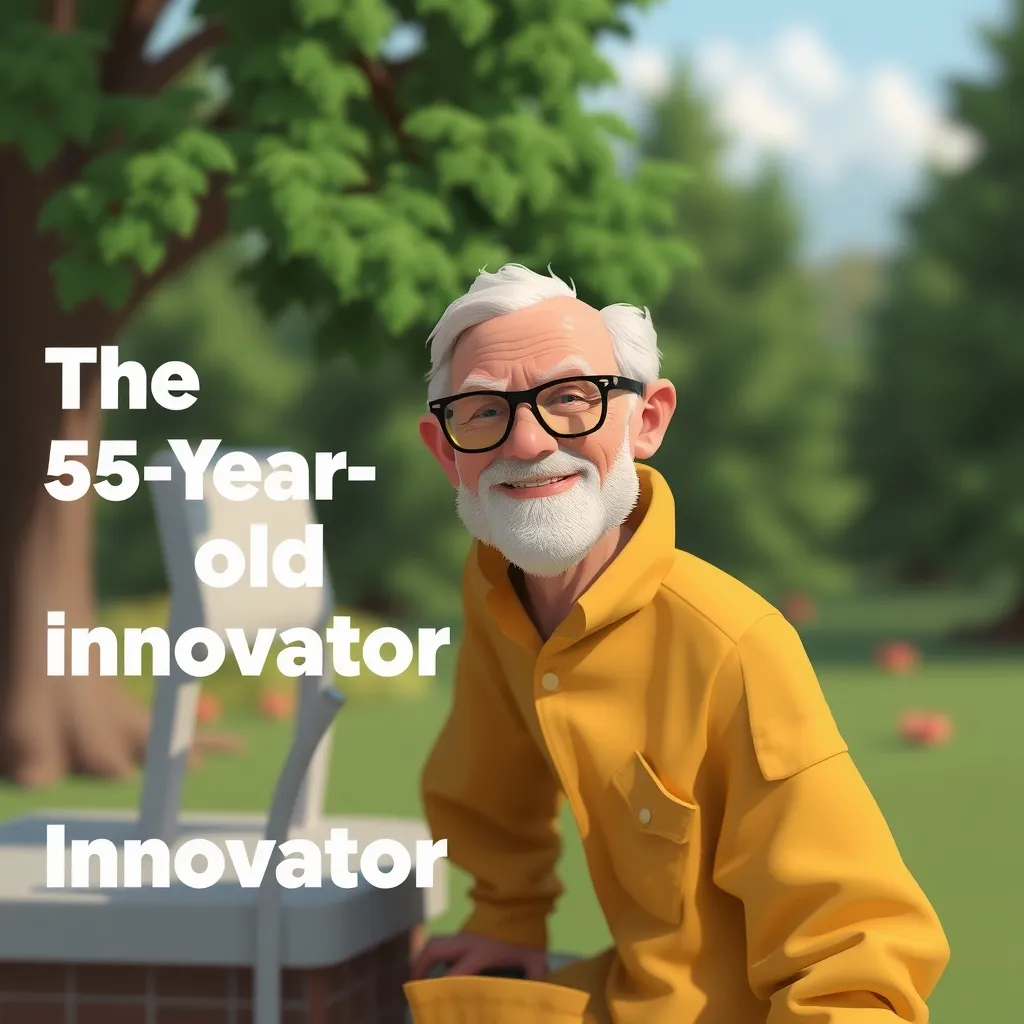Introduction
Aging is often associated with cognitive decline, memory loss, and slower neural response times. But what if the brain could be trained to regenerate itself—even beyond the age of 50? Modern neuroscience confirms that neurogenesis, the birth of new neurons, does not stop in adulthood. This article explores how Genetic Learning (GL) activates neurogenesis in older adults and why it may be the key to maintaining mental vitality well into later life.

The Truth About the Aging Brain
and learning, continues to generate new neurons throughout life—especially when stimulated by targeted cognitive activity.
However, aging tends to reduce:
Neuroplasticity
Production of neurotrophic factors (like HBDNF and HBNGF)
Motivation for deep learning
Sleep quality, which is essential for brain repair

What is Genetic Learning?
Genetic Learning is an advanced neurocognitive training method that uses structured exercises—mainly based on pattern recognition, matrix logic, and time-regulated problem solving—to stimulate subconscious intelligence and enhance neural regeneration.
It is not just about acquiring knowledge. GL is designed to reshape the brain’s inner structure by awakening dormant circuits and reinforcing healthy neural pathways.

Mechanisms That Support Neurogenesis
HBDNF & HBNGF Activation
GL directly contributes to the natural increase of Human Brain-Derived Neurotrophic Factor (HBDNF) and Human Beta Nerve Growth Factor (HBNGF), essential for neuron survival and growth.Pattern-Based Neurostimulation
By challenging the brain with non-linear tasks (like matrix puzzles), GL pushes the user into a higher state of mental adaptation, triggering the birth of new neurons.Evening Neural Priming
Performing GL exercises in the evening enhances synaptic consolidation during sleep, a critical time when the brain reorganizes itself.

Case Study: The 55-Year-Old Innovator
One participant in the Genetic Innovation Incubator practiced GL for five years. He began at age 50, struggling with memory retention and low energy. By age 55, his cognitive tests showed:
Increased working memory capacity
Improved visual-spatial reasoning
Faster problem-solving speed
Breakthroughs in creative invention
His performance was described as “unprecedented,” demonstrating the potential of long-term genetic learning to rewire the aging brain.

Why This Matters
The ability to induce neurogenesis after age 50 opens the door to:
Treating early-stage cognitive diseases like Alzheimer’s
Boosting creativity and innovation in older adults
Prolonging independence and mental sharpness
Unlike passive brain games or basic memory apps, Genetic Learning provides a structured, evidence-based approach to functional brain regeneration.
Conclusion
Getting older doesn’t mean slowing down—it means adapting smarter. Through Genetic Learning, adults over 50 can tap into their brain’s hidden potential to grow, heal, and thrive. The science is clear: neurogenesis is not a myth, and with the right stimulus, the aging brain can become sharper than ever.
Discover More with Sleeping Order
Introduction
Aging is often associated with cognitive decline, memory loss, and slower neural response times. But what if the brain could be trained to regenerate itself—even beyond the age of 50? Modern neuroscience confirms that neurogenesis, the birth of new neurons, does not stop in adulthood. This article explores how Genetic Learning (GL) activates neurogenesis in older adults and why it may be the key to maintaining mental vitality well into later life.

The Truth About the Aging Brain
and learning, continues to generate new neurons throughout life—especially when stimulated by targeted cognitive activity.
However, aging tends to reduce:
Neuroplasticity
Production of neurotrophic factors (like HBDNF and HBNGF)
Motivation for deep learning
Sleep quality, which is essential for brain repair

What is Genetic Learning?
Genetic Learning is an advanced neurocognitive training method that uses structured exercises—mainly based on pattern recognition, matrix logic, and time-regulated problem solving—to stimulate subconscious intelligence and enhance neural regeneration.
It is not just about acquiring knowledge. GL is designed to reshape the brain’s inner structure by awakening dormant circuits and reinforcing healthy neural pathways.

Mechanisms That Support Neurogenesis
HBDNF & HBNGF Activation
GL directly contributes to the natural increase of Human Brain-Derived Neurotrophic Factor (HBDNF) and Human Beta Nerve Growth Factor (HBNGF), essential for neuron survival and growth.Pattern-Based Neurostimulation
By challenging the brain with non-linear tasks (like matrix puzzles), GL pushes the user into a higher state of mental adaptation, triggering the birth of new neurons.Evening Neural Priming
Performing GL exercises in the evening enhances synaptic consolidation during sleep, a critical time when the brain reorganizes itself.

Case Study: The 55-Year-Old Innovator
One participant in the Genetic Innovation Incubator practiced GL for five years. He began at age 50, struggling with memory retention and low energy. By age 55, his cognitive tests showed:
Increased working memory capacity
Improved visual-spatial reasoning
Faster problem-solving speed
Breakthroughs in creative invention
His performance was described as “unprecedented,” demonstrating the potential of long-term genetic learning to rewire the aging brain.

Why This Matters
The ability to induce neurogenesis after age 50 opens the door to:
Treating early-stage cognitive diseases like Alzheimer’s
Boosting creativity and innovation in older adults
Prolonging independence and mental sharpness
Unlike passive brain games or basic memory apps, Genetic Learning provides a structured, evidence-based approach to functional brain regeneration.
Conclusion
Getting older doesn’t mean slowing down—it means adapting smarter. Through Genetic Learning, adults over 50 can tap into their brain’s hidden potential to grow, heal, and thrive. The science is clear: neurogenesis is not a myth, and with the right stimulus, the aging brain can become sharper than ever.
Discover More with Sleeping Order
Share this post
Subscribe to our newsletter
Related posts
Genetic Learning for Children: Building Strong Brains and Better Sleep from an Early Age
Introduction Childhood is the most critical period for brain development. It’s when neural pathways are
The Sleep Architecture Explained: How Genetic Learning Optimizes Each Sleep Stage
Introduction Sleep is not a single state—it’s a cycle made of several distinct stages, each
Chronotypes and Genetic Learning: Tailoring Sleep and Brain Training to Your Internal Clock
Introduction Not everyone is wired to wake up early. Some feel energized at dawn,
Share this post
Subscribe to our newsletter
Related posts
Genetic Learning for Children: Building Strong Brains and Better Sleep from an Early Age
Introduction Childhood is the most critical period for brain development. It’s when neural pathways are
The Sleep Architecture Explained: How Genetic Learning Optimizes Each Sleep Stage
Introduction Sleep is not a single state—it’s a cycle made of several distinct stages, each
Chronotypes and Genetic Learning: Tailoring Sleep and Brain Training to Your Internal Clock
Introduction Not everyone is wired to wake up early. Some feel energized at dawn,



